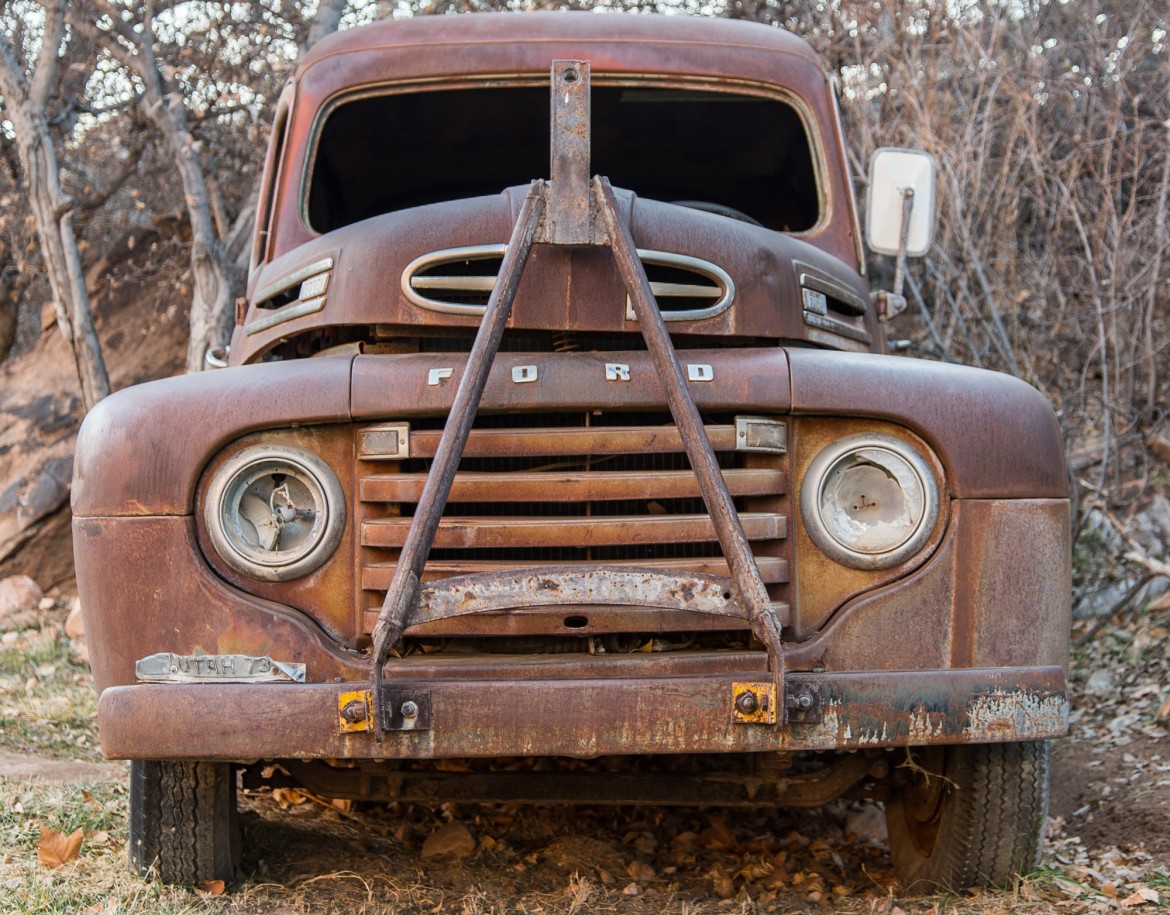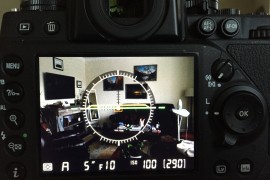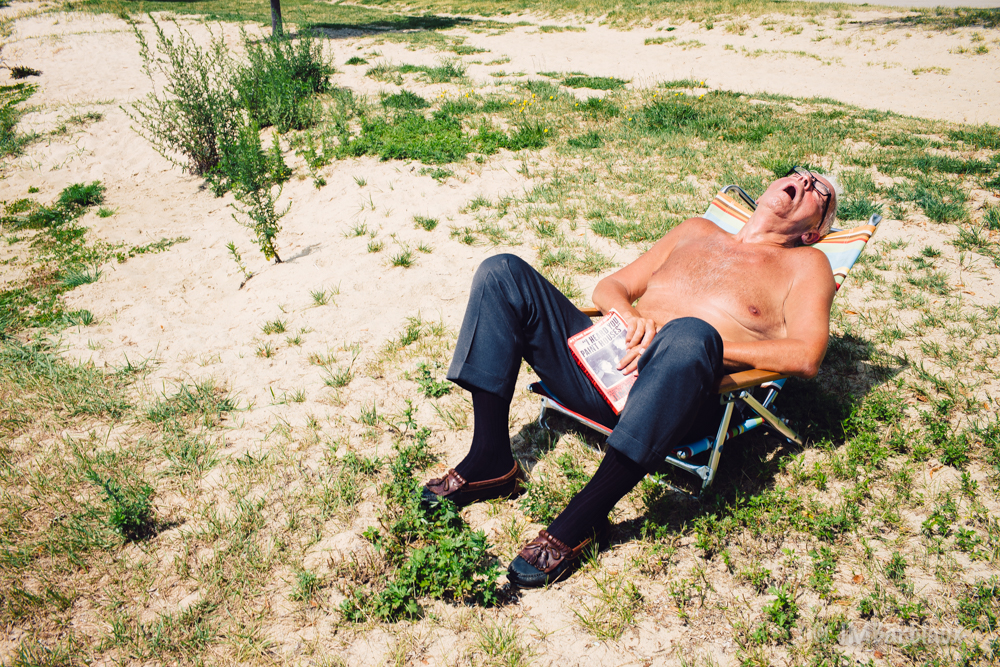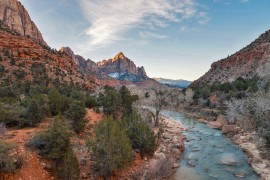Everyone has an ideal camera set up, a camera that you would consider perfect. If you could build a Frankenstein like camera, taking the best things from the various cameras you’ve used and putting them all together, what would that look like? For me it’s a camera with a full frame sensor, something between 16 and 26 megapixel (closer to 16 than 26 preferably). My Frankencamera would have a hybrid optical/electronic viewfinder, something you could switch between by the flick of a button like on the X100S. Frankencamera would be shock and weather proof, have a large selection of lenses, long battery life, small to medium-sized body (larger than OMD but smaller than D600), and high ISO capability. Manual controls in the form of buttons and dials as opposed to tripping through the menus is a huge plus. The Df doesn’t have everything on my wish list but it comes pretty dang close.
If you read my full review of the Nikon Df then you may remember my initial feelings:
The camera is beautiful with uncompromising image quality. Though the camera isn’t built as comfortable as the OMD EM1 it is hands down the best alternative if you’d like to have truly professional camera with a full frame sensor and far superior image quality but without the bulk of the D4 or D800.
I’d have to say I still agree with that and would have to add that the way the Df fits into your hand is good enough that when hiking with it for 8+ hours or just shooting around throughout the day in 30 degree weather you don’t even notice you’re holding a camera. The placement of the strap or depth of the finger grip does not even enter your mind. The camera just gets out of your way and allows you to shoot.
As for the time it takes to dial in the correct settings using the big dials on top, you won’t have an issue. The biggest issue you may have at first is pressing the lock release button each time you’d like to adjust your ISO and exposure compensation but even that seems like a non issue after about a week.
The most important part of any camera, for me, is the image quality of the camera. I am a natural light photographer who would rarely move his camera out of ISO 200 at the risk of degrading image quality. If there was poor lighting I would pull out my tripod and resort to a longer exposure. The Nikon Df has changed my photography style in such that I feel fully confident shooting with an ISO of 3200+ without fear of losing details in the image. I am literally amazed at the cameras ability to capture stunning photographs at high ISO, it is a very liberating feeling. My tripod is a little upset since it has not been getting the same attention as it used to.
Anything less than a full frame sensor will not stand up in comparison to the Nikon Df’s sensor (also the venerable D4’s image sensor). As far as low light is considered the Df is considered (by DxOMark) to be the best camera on the market for low light photography. Using RAW image files I’ve been able to capture photographs with stunning dynamic range, photographs that I wouldn’t have attempted in the past.
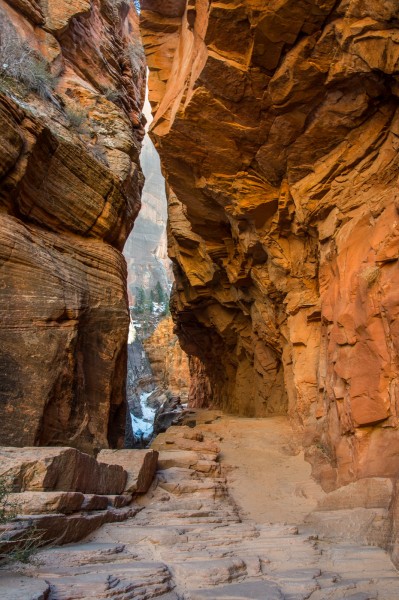 Shooting from the shadows into bright lights is not ideal, generally the pine trees and snow through the pass in the photo above would be too bright and washed out. The Nikon Df handled the lighting like a champ.
Shooting from the shadows into bright lights is not ideal, generally the pine trees and snow through the pass in the photo above would be too bright and washed out. The Nikon Df handled the lighting like a champ.
The manual dials on the camera really make this camera a keeper for me. If you’ve followed PhotolisticLife for a while you’ll probably remember my satisfaction with the Fujifilm X100S so it’s no surprise that the retro styling of the Df appeal to me. One of my favorite controls is the little lever beneath the shutter speed dial, the selector for continuous shooting as well as timed release and mirror up mode (yep, you don’t have to dig through the menu to select mirror up). If you enjoy shooting with bracketing (for HDR perhaps) you’ll appreciate that when you throw the camera into timed release it will capture all of your bracketed shots without you having to repeatedly hit the shutter release.
The Df’s optical viewfinder is so impressive that it’s converted me from preferring electronic viewfinders to now preferring optical… I’m just as surprised as you are. I will still recommend the electronic viewfinder to photographers not yet 100% confident with their ability to dial in the best exposure for a scene, the ability to see what is over or under exposed as you adjust your camera is a great learning tool (also great if you are a pro that wants to speed up their workflow). In a perfect world the camera would (and all will probably have in the future) a hybrid viewfinder with the ability to switch between the two quickly.
So, thirty days later the Nikon Df has impressed and intrigued me. I find that I’m motivated to get out and shoot in lighting that I may not have in the past. I’d highly recommend the Nikon Df to advanced photographers looking for an uncompromising camera capable of just about anything you throw in front of it.
If you’d like to see sample photographs from my most recent travels with the Nikon Df you can check them out under the Buy Prints link in the main menu. The Zion National Park gallery was shot completely with the Nikon Df.
Have you had a chance to handle the Nikon Df? I’d love to hear your impressions in the comments below. It has been interesting following the polarized impact the camera has had on the photography community.

